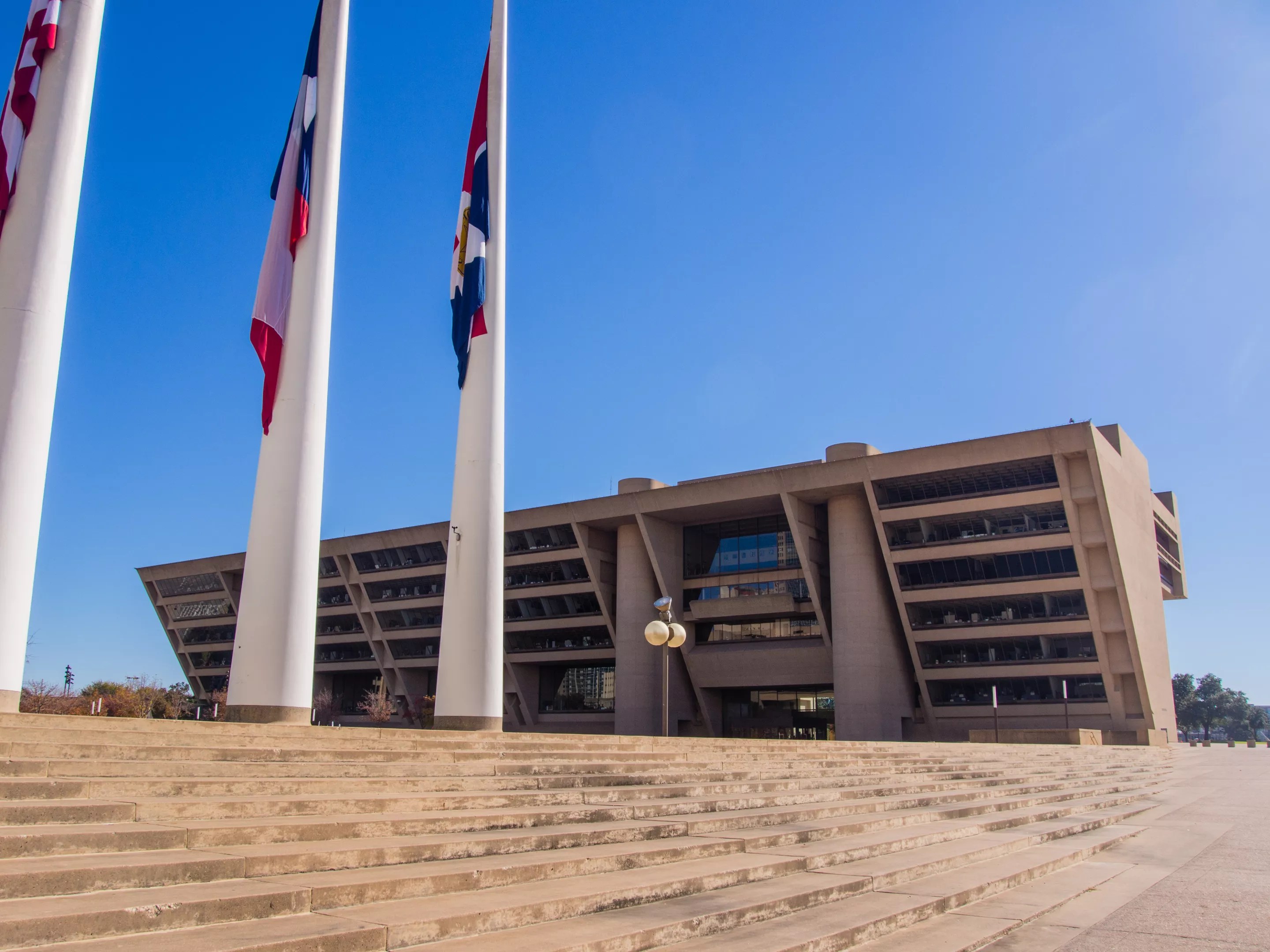
Adobe Stock

Audio By Carbonatix
Developers should soon find it easier to build small-scale apartment complexes with eight or fewer dwelling units in Dallas.
Last week, the Dallas City Council adopted an update to the ordinance that guides residential development construction standards across the city. While the previous code regulated homes with only one or two dwelling units, the amended ordinance will cover the development of small-scale density up to eight dwelling units. Buildings with three or more units previously had to meet the regulations outlined in the city’s commercial code.
Council members lauded the change as a much-needed “modernization” of the city code that will help address Dallas’ affordable housing crisis.
“Our code today treats a four-plex the same as a 200-unit apartment building. That doesn’t make sense. It drives up construction costs and discourages the kinds of housing we say we want in Dallas,” Council member Paul Ridley said. “This is a common-sense change.”
Will you step up to support Dallas Observer this year?
At the Dallas Observer, we’re small and scrappy — and we make the most of every dollar from our supporters. Right now, we’re $16,250 away from reaching our December 31 goal of $30,000. If you’ve ever learned something new, stayed informed, or felt more connected because of the Dallas Observer, now’s the time to give back.
Ridley, who is credited as one of the members who spearheaded the local code change, said the update will help align the city’s residential development code with the goals outlined in the Forward Dallas 2.0 land use plan. He said that expanding the number of units allowed to be built under the residential code is a “transformative step” in encouraging developers to build missing middle developments, such as townhomes or multi-plex homes, without being penalized by an “outdated” code.
The ordinance caps developments covered by the residential code at 7,500 square feet, eight units and three stories. The Dallas Builders Association and the Dallas Housing Coalition supported the change.
Council member Chad West described the code change as a “modernization of a regulatory burden on the housing industry” that has worked in other cities. In 2022, Memphis city leaders passed a similar ordinance allowing buildings with three to six dwelling units to fall under the residential code umbrella. Similar ordinances are being implemented in cities across Canada and at the state level in North Carolina. In 2023, Austin expanded their residential code to cover up to three dwelling units.
“[Dallas] needs every tool possible to address our affordable housing crisis,” West said in support of the change.
West has previously asked the city to consider amending the development code to allow for denser housing. In 2023, he authored a five-signature memorandum (a way for council members to ask for a horseshoe discussion on a topic) that asked the city to consider updating the residential code to include three- and four-unit structures. The memo also asked for the reduction of minimum lot size in single-family districts, and for three- and four-unit buildings to be included by right on undeveloped lots in single-family zoning districts.
While the ordinance adopted last week will help remove some roadblocks involved in building permitting and planning, it does not impact zoning.
Some skeptical council members voiced concerns about fire safety risks that more dense housing developments could cause. While a city memo lists the Dallas Fire Department as one of the stakeholders involved in the ordinance rewrite, council members Jesse Moreno and Cara Mendelsohn asked for further information about any qualms the department may have with the ordinance.
Some U.S. cities have begun allowing taller apartment complexes to be built with fewer staircases to promote housing density by reconsidering building codes, a trend that multiple firefighter associations have opposed. In the case of Dallas’ ordinance change, though, Dwight Freeman, a section chief with the Dallas Fire Marshal’s office, told the council that the ordinance’s three-story height limit assuaged his concerns about density.
“There’s always concerns when we’re dealing with people in closely packed communities,” Freeman said. “However, I believe the way this ordinance was structured, the partnership that was created and the safeguards that were installed in the ordinance will help protect the citizens that will ultimately reside in these units.”